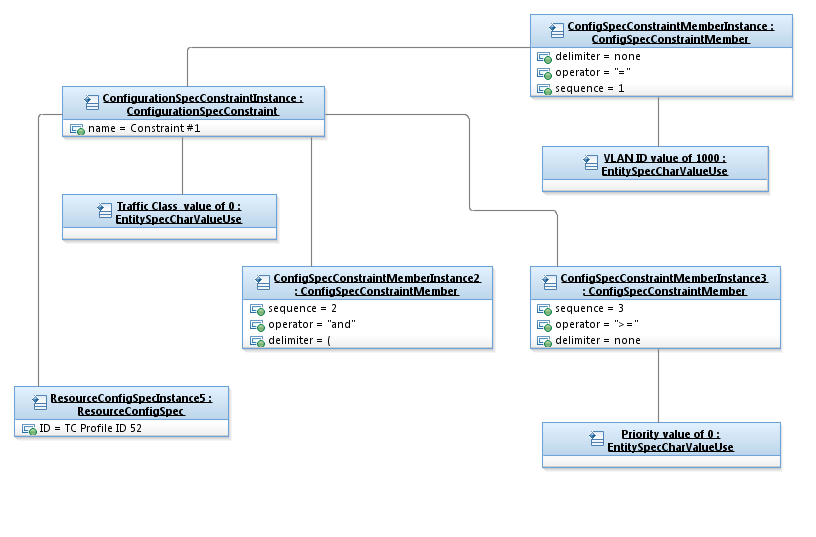Figure CI.09 - MTOSI TC Profile Mechanism Constraint

|
Project:
|

Figure CI.09 - MTOSI TC Profile Mechanism Constraint : Object diagram
<font color="#29313b">Constraint #1 – IF ConfigSpecConstraintMembersVLAN ID = 1000 and (Priority #gt;=0 or Priority #lt;=1) and Inner VLAN ID = 10 and (Inner Priority #gt;=0 or Inner Priority #lt;=3) …the relationship to the constraint is to ConfigurationSpecification 52 and EntitySpecCharValueUse traffic class value of 0</font><br/><font color="#29313b">Shown in Figure CI.09 - MTOSI TC Profile Mechanism Constraint is the beginning of the constraint defined in the figure on the previous page along with the ResourceConfigSpec determined by the constraint and the ConfigurationSpec ‘s associated EntitySpecCharValueUse determined by the constraint.</font><br/><font color="#29313b"><br/></font><font color="#29313b">All requirements below are supported by the model as they are similar to other requirements for which support has been demonstrated in this slide set.</font><br/><font color="#29313b">ConfigurationSpecification Configuration Relationship Examples.</font><br/><ol>
<li><font color="#29313b">Imposing a ValueRange with Attribute Value Track</font></li></ol> <font color="#29313b">An instance of a Service with a given VLAN ID being imposed on all the resources on which the service is running. The VLANID used is constrained within a given range as determined by the VLAN Pools</font><br/><ol> <li><font color="#29313b">Imposing a ValueRange with No Attribute Value Track.</font></li></ol> <font color="#29313b">Allocating a given customer a certain bandwidth within a VRF.</font><br/><font color="#29313b">This bandwidth will be constrained to a range depending on the bandwidth available at the core TE Tunnels. Once applied these are long-lived configurations per the business contract and therefore the attribute values do not track.</font><br/><ol> <li><font color="#29313b">Applied Values can be changed only via ConfigurationSpecification</font></li></ol> <font color="#29313b">ConfigurationSpecification has a generator logic within it and interacts with a number inventory to generate the appropriate RouteConfiguration imports and exports that form a given topology such as hub and spoke.</font><br/><font color="#29313b">Only the ConfigurationSpecification accesses the number inventory and therefore this attribute (or set of attributes) can only be changed via the ConfigurationSpecification.</font><br/><ol> <li><font color="#29313b">Applied ConfigurationSpecification that can be changed later by the ConfigurationSpecification.</font></li></ol> <font color="#29313b">ConfigurationSpecification.</font><br/><font color="#29313b">Provisioning Bandwidth on Demand where in the morning the customer subscribes to increased bandwidth and in the night a lesser bandwidth. Both being effected in a scheduled, periodic manner by the ConfigurationSpecification.</font><br/><ol> <li><font color="#29313b">Pointer changed from one ConfigurationSpecification to the Other.</font></li></ol> <font color="#29313b">In a Discovery Module, certain parameters for a given vendor will be supported by MIBs while for another the same would be supported by a CLI command. To discover and stitch a service depending on the vendor being discovered during the process, the pointer may point to one ConfigurationSpecification or the other. </font><br/><ol> <li><font color="#29313b">Configuration having more attributes than ConfigurationSpecification and Configuration having more attributes than ConfigurationSpecification. [Slide 14 of Bernd]</font></li></ol> <font color="#29313b">CTP proxied with OAM Parameters, the OAM parameter do not belong Per-Se within the Configuration and the attributes that belong to the CTP do not appear in the Configuration.</font><br/> |
